This year’s annual Art in the Barn exhibition at browngrotta arts, art + identity: an international view, opens on April 27th with an Artists Reception and Opening from 1 p.m. to 6 p.m. at 276 Ridgefield Road, Wilton, CT. From April 28th through May 5th, you can view the exhibition from 10 to 5.
In art + identity, more than 50 artists explore the influence that birthplace, residence, travel
Among the artists participating is Gudrun Pagter of Denmark, whose work reflects a serene and abstract Scandinavian sensibility. American Mary Merkel-Hess is inspired by the prairie of her native Midwest. Her work, Last Light, was inspired by a line from Willa Cather, “the whole prairie was like the bush that burned with fire and was not consumed.” Stéphanie Jacques from Belgium looked inward to explore identity, creating a structure of cubes and parallelepipeds made of willow. “I dance in my studio,” she says, “searching through my movement for a relationship with this form. I set up the camera and take photos. My face is veiled. The frame is fixed. As the shooting advances, a story appears
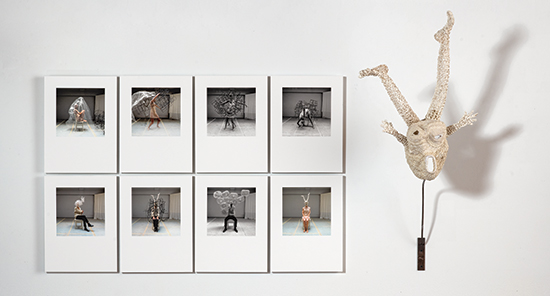
For other artists, that sense of place is broader, transcending boundaries and reflecting effects of increased exchange among artists. “This exhibition of works transcends international borders, ” notes Dawn MacNutt of Canada, whose work in art + identity was inspired by ancient Greek sculpture viewed at the Metropolitan in New York and then in Greece. “My association with some of these artists goes back to the Lausanne Biennale in 1985 and the American Craft Museum’s Fiber: Five Decades in 1995. browngrotta arts provides an ongoing museum/gallery/melting pot of the work of international artists in textile materials and techniques. It also fosters the meeting together of the artists themselves…a rare opportunity and the icing on the cake!”
art + identity: an international view, April 27th-May 5th. browngrotta arts, 276 Ridgefield Road, Wilton, CT 06897. 203.834.0623. For more info,

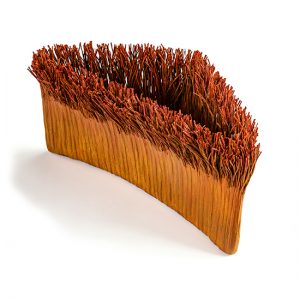

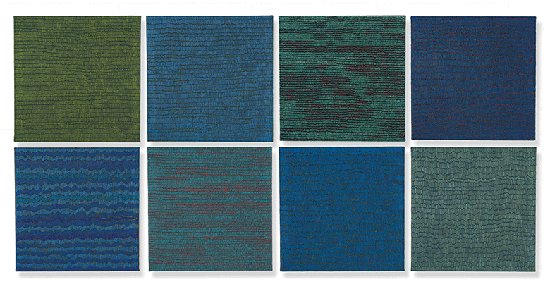

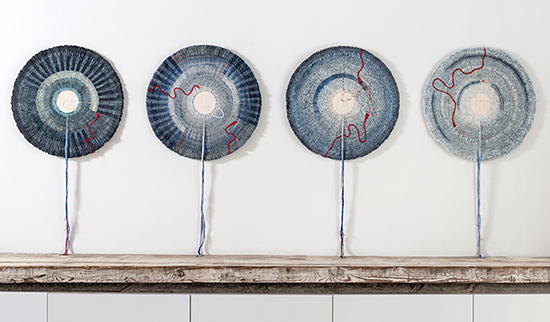


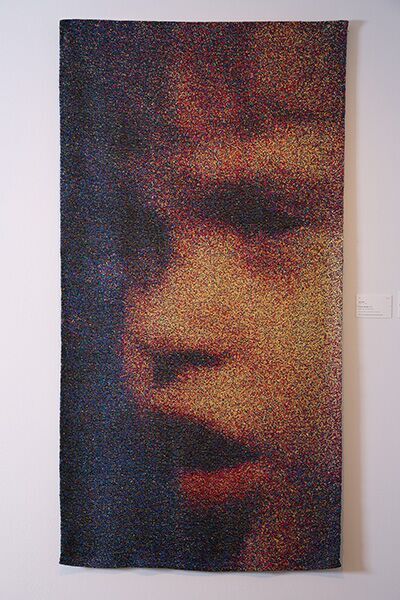

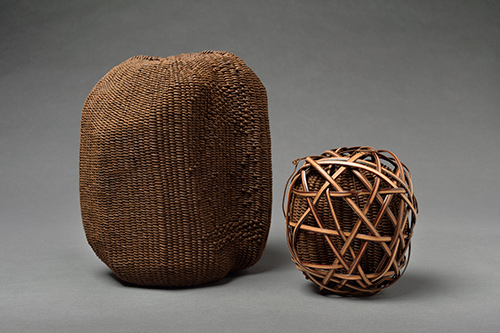

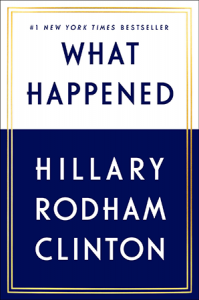
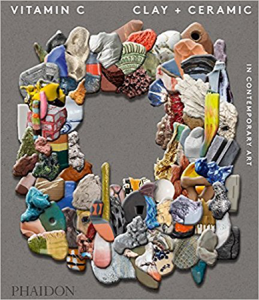





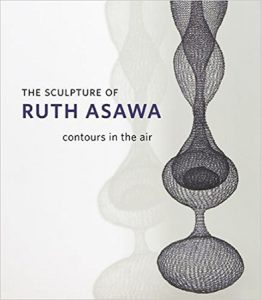



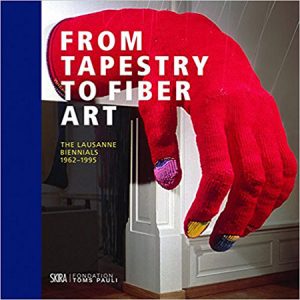
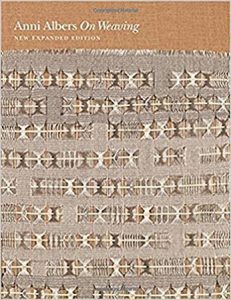


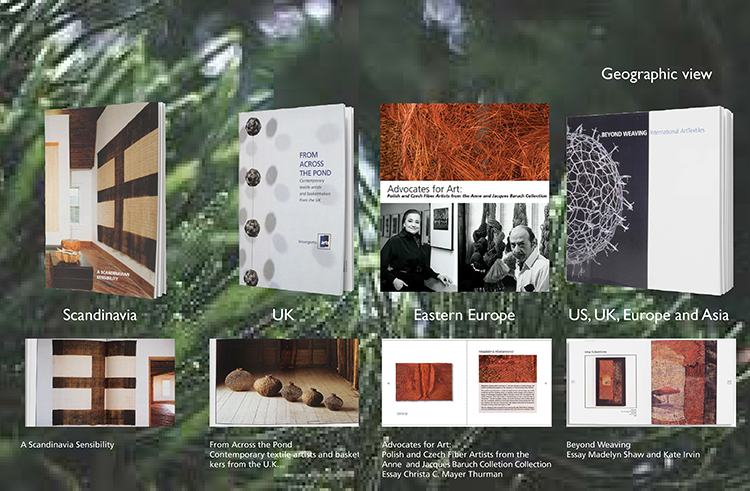

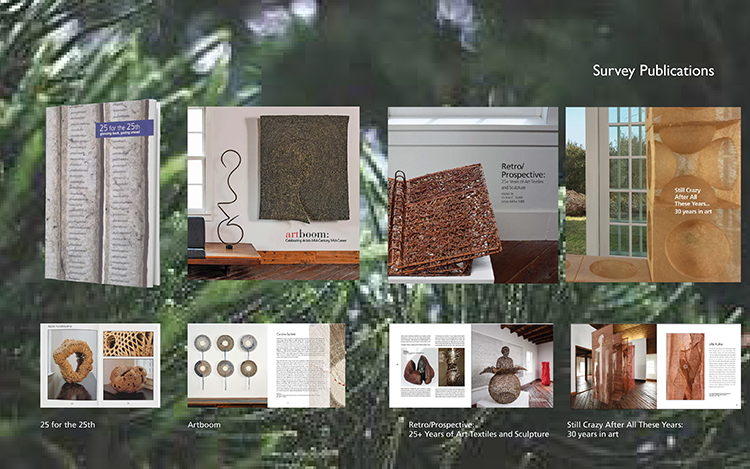
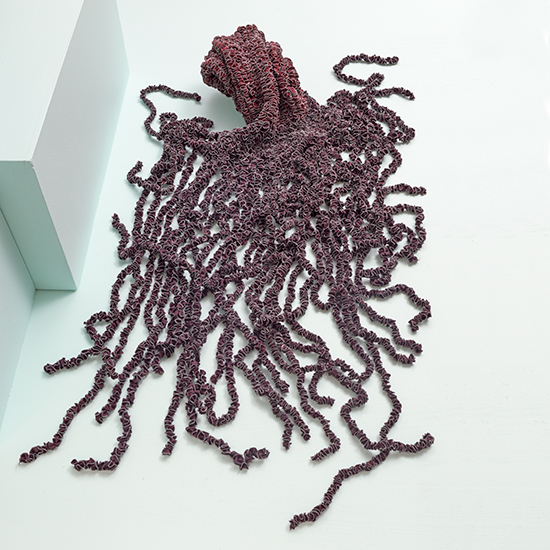
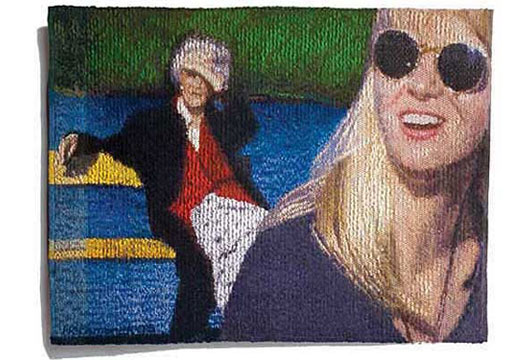

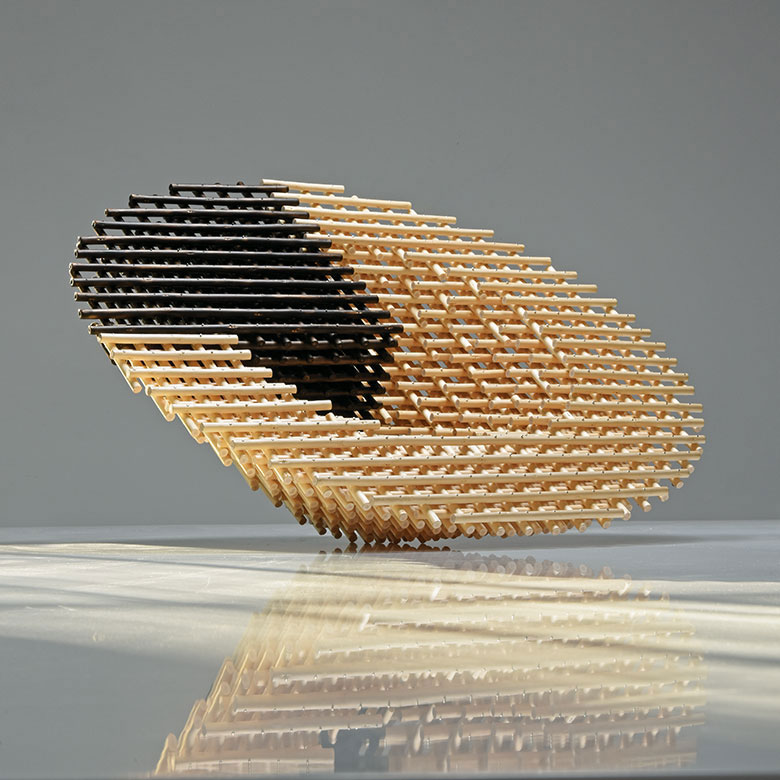

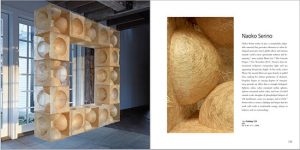
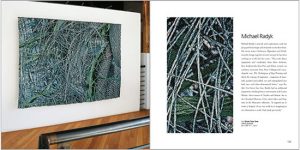
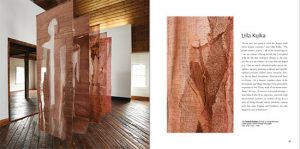

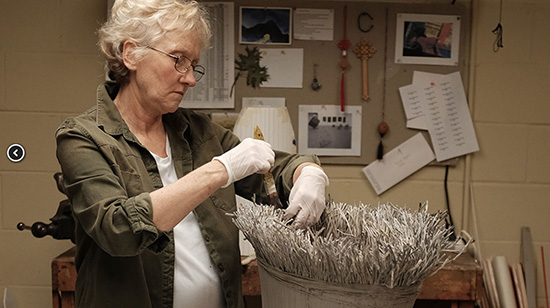

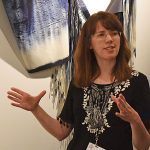
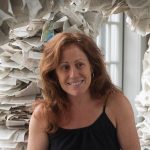
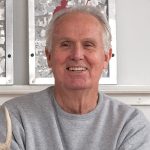

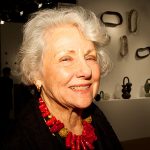
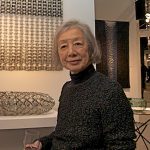
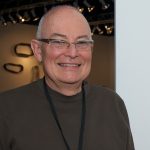
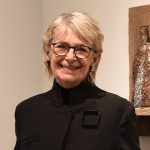

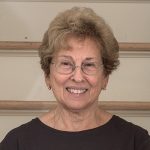


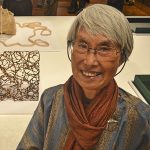

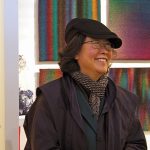

Art & Identity: A Sense of Place
In our 2019 Art in the Barn exhibition, we asked artists to address the theme of identity. In doing so, several of the participants in Art + Identity: an international view, wrote eloquently about places that have informed their work. For Mary Merkel-Hess, that place is the plains of Iowa, which viewers can feel when viewing her windblown, bladed shapes. A recent work made a vivid red orange was an homage to noted author, Willa Cather’s plains’ description, “the bush that burned with fire and was not consumed,” a view that Merkel-Hess says she has seen.
The late Micheline Beauchemin traveled extensively from her native Montreal. Europe, Asia, the Middle East, all influenced her work but depictions of the St. Lawrence River were a constant thread throughout her career. The river, “has always fascinated me,” she admitted, calling it, “a source of constant wonder” (Micheline Beauchemin, les éditions de passage, 2009). “Under a lemon yellow sky, this river, leaded at certain times, is inhabited in winter, with ice wings without shadows, fragile and stubborn, on which a thousand glittering lights change their colors in an apparent immobility.” To replicate these effects, she incorporated unexpected materials like glass, aluminum and acrylic blocks that glitter and reflect light and metallic threads to translate light of frost and ice.
Mérida, Venezuela, the place they live, and can always come back to, has been a primary influence on Eduardo Portillo’s and Maria Davila’s way of thinking, life and work. Its geography and people have given them a strong sense of place. Mérida is deep in the Andes Mountains, and the artists have been exploring this countryside for years. Centuries-old switchback trails or “chains” that historically helped to divide farms and provide a mountain path for farm animals have recently provided inspiration and the theme for a body of work, entitled Within the Mountains. Nebula, the first work from this group of textiles, is owned by the Cooper Hewitt Museum.
Birgit Birkkjaer’s Ode for the Ocean is composed of many small woven boxes with items from the sea — stones, shells, fossils and so on — on their lids. ” It started as a diary-project when we moved to the sea some years ago,” she explains. “We moved from an area with woods, and as I have always used materials from the place where I live and where I travel, it was obvious I needed now to draw sea-related elements into my art work.”
“I am born and raised in the Northeast,” says Polly Barton, “trained to weave in Japan, and have lived most of my life in the American Southwest. These disparate places find connection in the woven fabric that is my art, the internal reflections of landscape.” In works like Continuum i, ii, iii, Barton uses woven ikat as her “paintbrush,” to study native Southwestern sandstone. Nature’s shifting elements etched into the stone’s layered fascia reveal the bands of time. “Likewise, in threads dyed and woven, my essence is set in stone.”
For Paul Furneaux, geographic influences are varied, including time spent in Mexico, at Norwegian fjords and then, Japan, where he studied Japanese woodblock, Mokuhanga “After a workshop in Tokyo,” he writes, “I found myself in a beautful hidden-away park that I had found when I first studied there, soft cherry blossom interspersed with brutal modern architecture. When I returned to Scotland, I had forms made for me in tulip wood that I sealed and painted white. I spaced them on the wall, trying to recapture the moment. The forms say something about the architecture of those buildings but also imbue the soft sensual beauty of the trees, the park, the blossom, the soft evening light touching the sides of the harsh glass and concrete blocks.”